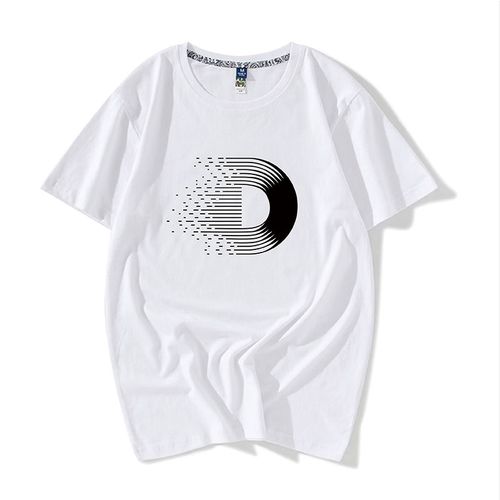Choosing the right T-shirt material is very important for comfort, breathability and durability. The following are some common T-shirt fabric types, as well as their characteristics and recommended usage scenarios:
1. Cotton: Cotton is the most common T-shirt fabric. One of the shirt fabrics, it is soft, comfortable and breathable. Cotton is highly hygroscopic and absorbs body sweat, but it wrinkles relatively easily and is not very wear-resistant. Suitable for everyday casual wear.
2. Polyester: Polyester is a man-made synthetic fiber that is lightweight, durable and wrinkle-resistant. Polyester fabrics generally have better wrinkle resistance, are easy to clean and dry quickly. However, it has poor breathability, easily generates static electricity, and is not suitable for wearing in high temperature environments.
3. Threaded cotton: Threaded cotton is a fabric made of a blend of cotton yarn and elastic fiber. It has good stretchability and shape retention. ability. Ribbed cotton fabric is suitable for sports and high-mobility situations, providing better comfort and freedom.
4. Wool: Wool is a natural fiber with warmth and moisture absorption properties. Wool fabric is suitable for wearing in colder climates and can provide warmth and comfort. However, it should be noted that wool is prone to pilling and shrinking and requires special care.
5. Acrylic fiber: Acrylic fiber is a synthetic fiber that looks and feels similar to wool, but is more economical and affordable than wool. Acrylic fiber fabric has the characteristics of good thermal insulation, strong wear resistance and not easy to pilling, making it suitable for wearing in cold weather.
6. Hemp: Hemp is a natural fiber with good air permeability and moisture absorption properties. Linen fabrics are generally lightweight and suitable for summer wear, providing a cool and refreshing feeling. However, it should be noted that linen wrinkles easily and is not wear-resistant.
The above are some common T-shirt material recommendations. Each material has its own characteristics and applicable scenarios. When choosing, you can consider comprehensive considerations based on personal preferences, seasons and event occasions to obtain the most comfortable and practical results. At the same time, it is recommended to refer to the material ingredients on the product label to make your selection.





